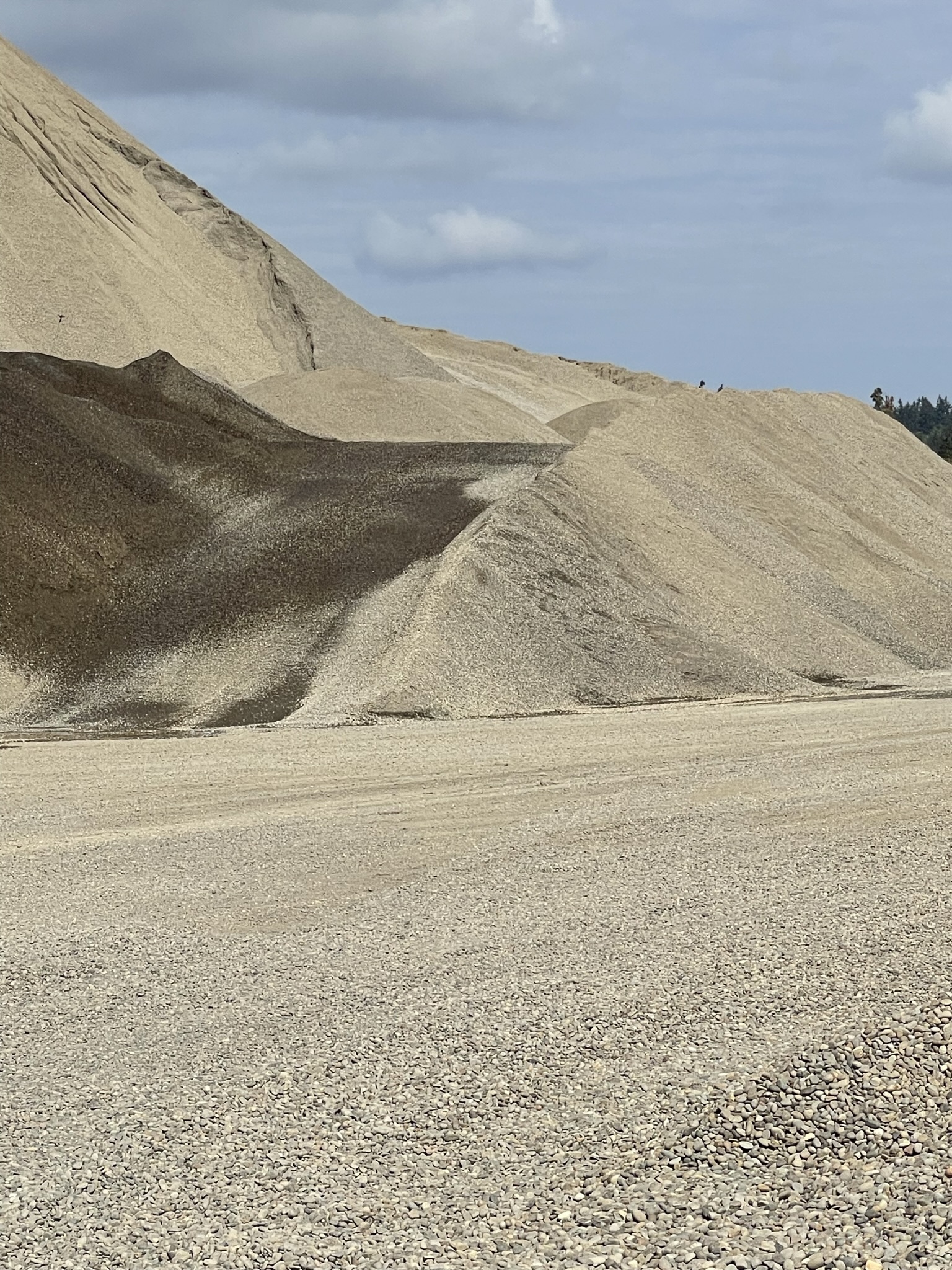What Are the Three Types of Rocks?
As a company that deals in a lot of aggregates, RB Materials is no stranger to rocks. What’s interesting is that with all the diversity, we can trace them all back to three distinct origins. All of which play a particular role in how we help our customers today...
May 4, 2021

Think back for a minute to when you were a child, first learning about the world around you. Do you remember being fascinated at all the different kinds of rocks? The colors, the shapes, the textures? Then followed the realization that they played a part in almost everything around us. We are, in fact, living on a huge, spinning rock! As a company that deals in a lot of aggregates, RB Materials is no stranger to rocks. What’s interesting is that with all the diversity, we can trace them all back to three distinct origins. All of which play a particular role in how we help our customers today.
Igneous Rocks
Created by the heating and cooling of lava, igneous rocks make up some of the hardest stones in all the categories. Because they consist of a crystalline structure, they’re very durable and great for building. Granite is one of the most notable igneous stone products that is beloved by masons and consumers alike, and commonly used for countertops because of its durability and beauty. Other igneous rocks, like obsidian and basalt, are used to make building blocks and sometimes used in making pavement.
Metamorphic Rocks
Metamorphic rocks are born (morph) out of existing rock, be it igneous or sedimentary. Because they are created under the right types of pressure and heat, these rocks can likewise stand up under high-heat and high-pressure environments. We see these used in building projects in the forms of marble, garnet, slate, quartzite and chlorite. As is seen with the use of marble, structures all over the world use it for multiple different applications, from flooring to busts of ancient people.
Sedimentary Rocks
As the name suggests, sedimentary rocks are formed over time as an accumulation of sediments at the earth’s surface. Limestone, for instance, is composed primarily of calcium carbonate and is formed organically from the accumulation of shell, coral and algal. It’s also something that gets used often as a construction aggregate. Its strength is useful for blocks and bricks, and it’s highly resistant to corrosion. There are even applications for it in cement manufacturing.
So why are we conducting this little science class? The short answer is that we’ve built a practice that provides access to a full spectrum of natural-occurring rock products and our ability to help our customers with them is a priority for us as an organization. Construction, design, build — it’s what we do. We’d encourage you to look at all of our aggregate products to see where you’d like to start. Once you’ve got an idea, submit a quote or send us a message and we’ll be happy to set you straight and get you moving on your project. We’re here to help!

